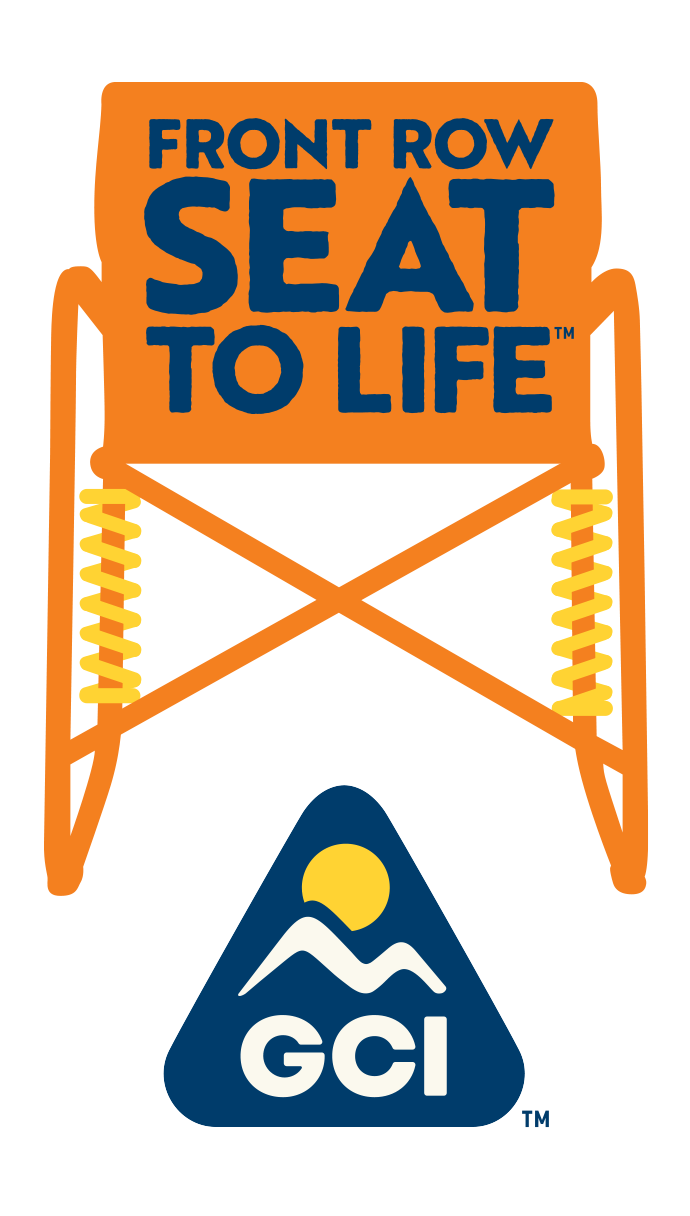
Visitors come to Yellowstone to witness the hot pools of azure, emerald green or bright orange, to see the buffalo, moose and other wildlife, and stay at campgrounds throughout the park. Yellowstone camping is an American tradition.
The Ultimate Guide to Yellowstone Camping
Yellowstone is vast, and has so much beauty to offer beyond the tried and true “old faithful” trails and viewpoints.
The best time to visit and camp is late spring or early fall—when the temperatures can be relatively mild but family vacationers haven’t hit the park in droves.
Tent Camping

For tent campers who are willing to hike a bit, remote camping is the way to go. More than 300 backcountry campsites await those who are willing to strap on a backpack, providing they fill out the right paperwork.
Only Mammoth campground, at the northern park entrance, is open year-round. This is a developed area near a series of large, travertine hot pools. Of the 12, five Yellowstone campsites take reservations while the rest use the “first-come, first-served” process.
To obtain a backcountry permit, simply visit one of the many Ranger stations and pay ($3/night, max $15) at least 48 hours in advance, or do business online. An annual backcountry pass is only $25.
RV/Car Camping

For RVs and car campers, Yellowstone camping revolves around 12 campgrounds located in all areas of the park.
To find an RV or car camping area, and make a reservation, begin by checking out the Park Service website. Reservations are accepted from January 1 through October 31st and all reservations received before March 31st are processed, in entirely random order—in other words, on a lottery system is used. Anyone who reserves after April 1 will have their reservation processed in the order it was received.
It pays to start early with Yellowstone camping, if you want a reserved campsite. It’s also helpful to understand what to expect: in summer, you will be camping next to a lot of other travelers, especially families.
If you don’t like crowds, avoid the summer months and wait for kids to return to school.
A pro tip? If you like solitude, also avoid dates when school and university Fall and Spring breaks comes around.
Although Yellowstone remains one of the most popular national parks in the US, its sheer size and remote location make it relatively uncrowded if you know where to go, and where to camp.












